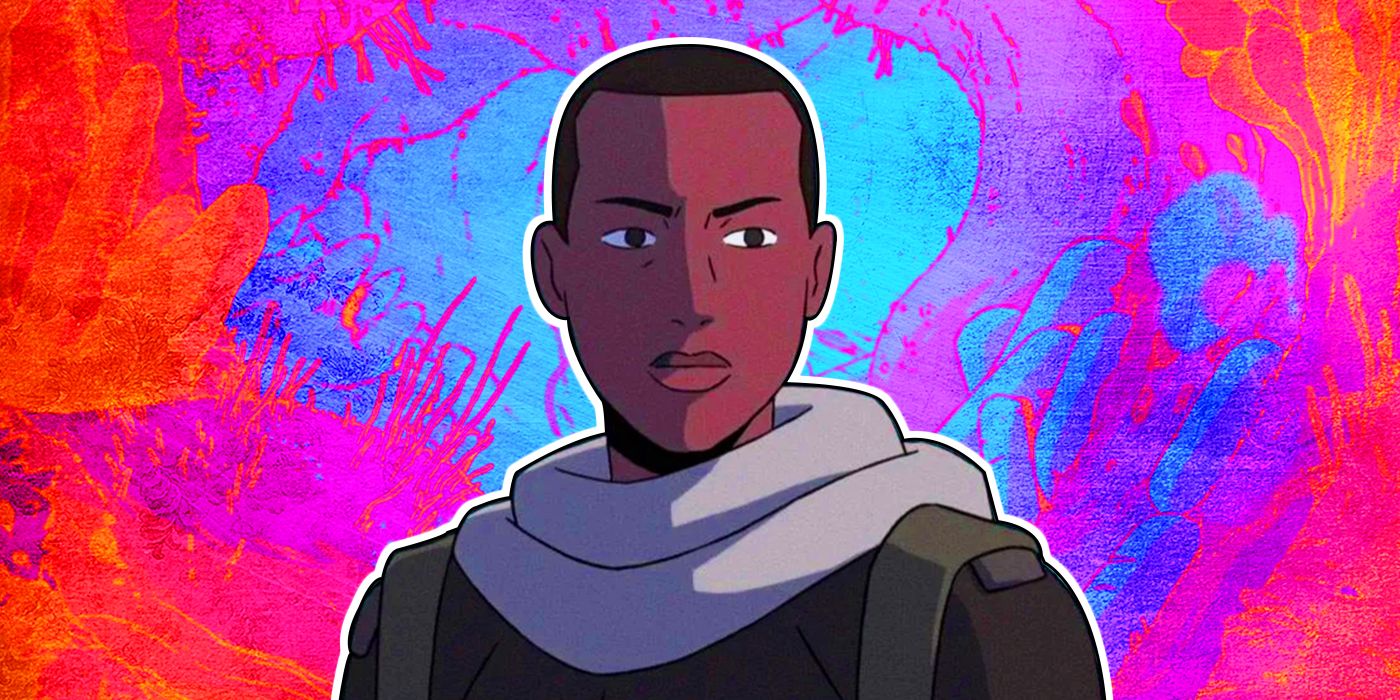New book tells the story of Canadian spies who loved each other and took on the Nazis

A few days after their wedding, Sonia and Guy parachuted separately into different parts of France, where they served as part of Churchill’s elite Special Operations Executive (SOE) unit to conduct internal sabotage operations against German forces prior to the D-Day landings.Courtesy of the d’Artois family
When we picture a typical WWII bride, most of us think of a young woman from England or Europe, whose romance has been hastened by the uncertain atmosphere of war, marrying a soldier from Canada or the USA in an austere ceremony with the groom in uniform. Assuming her fiancé survives the conflict, the bride must then endure a difficult sea crossing to her husband’s homeland, where she will endure an even more difficult period of cultural adjustment.
One of the many things that distinguishes Sonia d’Artois (née Butt), the English-born, French-raised war bride described in Nahlah Ayed’s fascinating and often deeply moving book The war we won separately (Viking, 416 pages) is that she too wore a uniform at her wedding to French-Canadian Guy d’Artois. Days after the wedding, Sonia and Guy separately parachuted into different parts of France, where they carried out internal sabotage operations against the German forces before the D-Day landings as part of Churchill’s elite Special Operations Executive (SOE).
Books we’re reading and loving this week: Globe staff and readers share their book recommendations
The war we won separately tells the stories of Sonia and Guy together and individually: from their respective beginnings in England, France and Quebec, to the intensive training they underwent for a task they only learned about at the last minute, to their heroic deeds in France and their post-war years in Canada, where they became parents of six children.
How did you come across the story of Sonia and Guy?
I found out about it when I was stationed in London as a foreign correspondent. The anniversary stories – Battle of Vimy Ridge, D-Day – are a regular part of our calendar, but we also do a larger story on the big anniversaries. At the time, the Juno Beach Centre was honouring women who had contributed to D-Day. And my producer Stephanie Jenzer said to me there was this one woman – Sonia d’Artois – who was really interesting. And I said yes, just because I had done so many men’s stories about D-Day, but never one about a woman. Then when I understood what she had done, I was hooked.
We did a five-minute feature for CBC National and I met the family who had come to see the exhibit about Sonia at the Juno Beach Centre. Nadia, Sonia and Guy’s daughter, was kind of the matriarch of this group and her passion for her mother and her story really impressed me.
Many months later I called her because I couldn’t stop thinking about Sonia. Neither could our viewers and listeners who wrote in and asked, “Why are we hearing about this woman for the first time?” And I asked, “Has anyone written a book?” I soon learned that there had been attempts but nothing had ever really come of it. So I was really lucky.
You describe the first encounters between Sonia and Guy at the SOE training camp as quite contentious. What do you think brought them together as a couple?
He was seven years older and had much more experience in the arts they were learning. He was placed in a leadership position and was indispensable in solidifying her skills. She is a civilian, a young woman of 19 years when she is in training. They spend spent a lot of time together and I think she appreciated his competence and knowledge despite the initial hostility. She tells us how much fun they had learning together how to make explosives.
What was the most amazing thing for you that each of you has achieved in France?
I found it amazing that Sonia chose to live an open life and visit black market restaurants frequented by German officers. The audacity and courage it took to fly behind enemy lines alone with a parachute in the middle of the night. And then to experience that people outside think you are associating with the enemy. And that you are spat on.
And Guy has a story about how he drove a truck into one of the German bases to deliver something – I don’t remember what it was, maybe coal – and he ignored the instructions so he could drive around the base and get a better view. Stories like that are just scary.
The post-war parts of the book, which deal with Sonia and Guy’s entry into the domestic sphere of the 1950s, are fascinating in a different way. It is incredible that, for all his admiration for Sonia’s wartime daring, Guy is against her getting a driving licence. She too tiptoes around his ego a lot when it comes to recognition and praise.
I’ve talked about it quite a lot because it resonates with people. I mean, that’s how it was back then. She couldn’t have an operation without Guy’s permission because she’d injured her back during the war. It seems ridiculous now. But that’s how it was back then.
However, Sonia was not a conventional woman. And I have a feeling that this must have been really difficult for her. In a recorded interview, she sounds incredulous about having to be under the care of her mother-in-law because she was not yet 21 when she moved to Canada. In the meantime, she had been ambushing Nazi convoys in France.
What question would you most like to ask Sonia and Guy if they were still alive?
At some point during training, they finally learned what their roles were: that they would be there as members of a secret army. And I would have loved to sit Guy and Sonia down and say, “You were told what to do and you had the choice to leave, and yet you stayed. Why?”
Because that was the last exit on the highway to France, so to speak. And there were Canadians and others who took that exit, and others who said, “No, I don’t want to do that.” And they were perfectly entitled to do that. But those two stayed.
Nahlah Ayed, author of The War We Won Apart.Jet Belgraver
You have been to France several times to take part in the D-Day celebrations, including this year. Did you experience the celebrations differently after writing the book?
This was my third major commemoration – I have attended the 70th and 75th. As a foreign correspondent, every story is linked in some way to the legacy of World War II, whether in the Middle East, Crimea, Africa or anywhere in Europe.
I remember the first time I saw one of these Commonwealth cemeteries where hundreds and hundreds of young Canadians are buried. It was very moving. And I was always in awe of the veterans who kept coming here and remembering those days.
But I had no idea that there were agents behind enemy lines before D-Day. And that there were Canadians among them. In my book, I took great pains to mention those Canadians whose names we do not know. Who were hung on strings and executed by firing squads or in concentration camps.
I didn’t learn anything like that in school. And I certainly didn’t know that there were women behind enemy lines preparing for D-Day.
So when I returned to Normandy five years after SOE Day, this knowledge gave the day a whole new meaning. The lives lost, the lifelong injuries sustained before D-Day that had been forgotten by history, came alive for me during those five years of research. Unlike other anniversaries, on this day I thought about them too.



